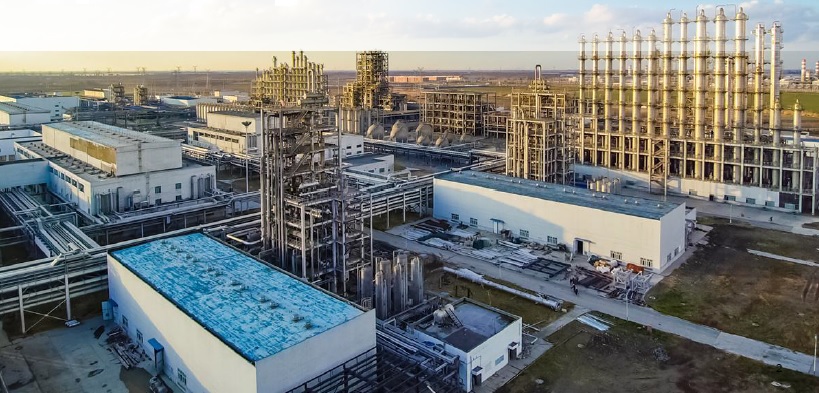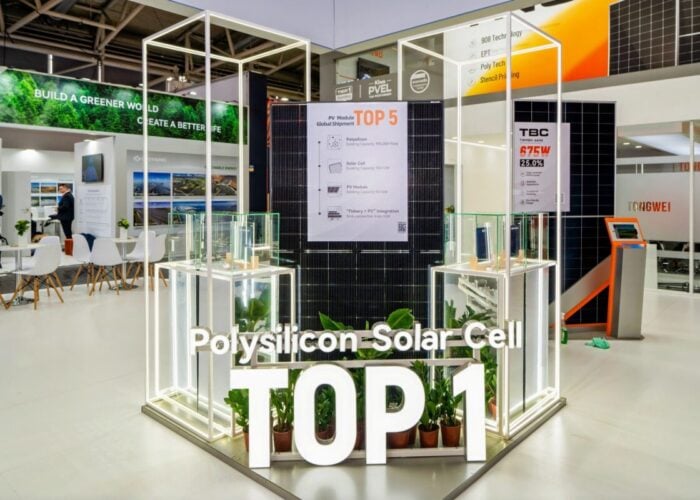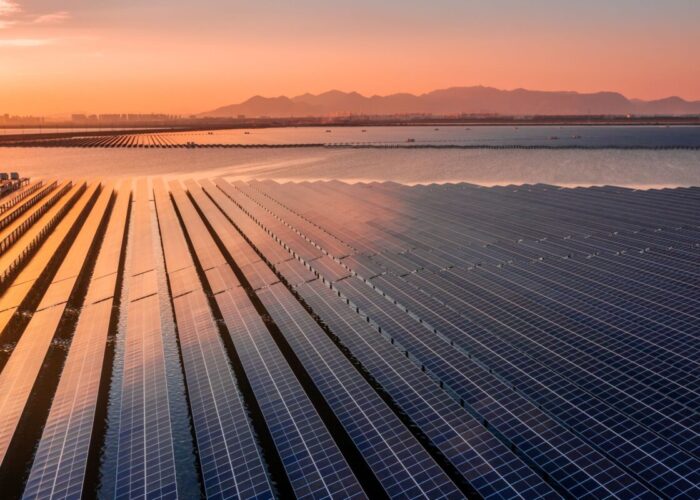
Polysilicon manufacturer Daqo New Energy has submitted new documents regarding a potential initial public offering (IPO) to the Shanghai Stock Exchange, detailing how proceeds will be spent on new facilities.
Having announced its intent to list new shares in its Xinjiang Daqo subsidiary in June, Daqo has now revealed that the proceeds will be spent establishing two new manufacturing facilities in China, as well as providing additional working capital for Xinjiang Daqo moving forward.
Unlock unlimited access for 12 whole months of distinctive global analysis
Photovoltaics International is now included.
- Regular insight and analysis of the industry’s biggest developments
- In-depth interviews with the industry’s leading figures
- Unlimited digital access to the PV Tech Power journal catalogue
- Unlimited digital access to the Photovoltaics International journal catalogue
- Access to more than 1,000 technical papers
- Discounts on Solar Media’s portfolio of events, in-person and virtual
It’s intended for Xinjiang Daqo to list on the STAR Market of the Shanghai Stock Exchange, a science technology and innovation-focused exchange. More than 286 million shares will be issued, accounting for around 15% of the company’s total share capital after the IPO. Daqo New Energy currently owns around 95% of Xinjiang Daqo, a shareholding which will fall to around 81% after the offering.
While there has been no established target for gross proceeds, Daqo has set out how it intends to spend around US$732 million on new facilities and working capital.
The majority of that figure – some US$514 million – will be spent on a Phase 4B ultra-high-purity polysilicon manufacturing facility with an annual production capacity of 35,000 MT. Daqo said this will “significantly increase” the company’s capacity of polysilicon for use in monocrystalline solar wafers and allow it to better address industry demand which has rapidly increased of late.
Last month, during Daqo New Energy’s quarterly results call, the company said it expected polysilicon demand to outstrip supply for at least the next 18 months owing to a lack of new capacity and strong demand from an increasing number of major module manufacturers.
Longgen Zhang, chief executive officer at Daqo, estimated that annual demand for polysilicon by the end of next year would rise to around 800,000 MT, triggering an increase in the average selling price (ASP) of polysilicon to around US$15/kg, significantly higher than the US$6/kg recorded in 2019 and in Q1 2020.
Daqo’s annual polysilicon production is guided at between 73,000 – 75,000 MT.
Meanwhile some US$62 million is to be spent on a semi-grade ultra-high-purity polysilicon facility to produce polysilicon for use in the semiconductor industry, a sector under-served by Chinese polysilicon producers.
Up to US$156 million will be used to boost Xinjiang Daqo’s working capital, which the company would allow it to optimise the company’s debt structure and fund new business development projects, while funds will also be diverted to enhance its R&D initiatives. Daqo has historically been highly conservative in R&D spending. R&D expense totalled US$2.7 million in 2018, increasing to US$5.3 million in 2019.
Daqo further said the completion of the IPO was subject to the Shanghai Stock Exchange’s review processes and registration by China’s Securities Regulatory Commission, adding that the company could not predict the timeline, eventual size or pricing of the offering.





